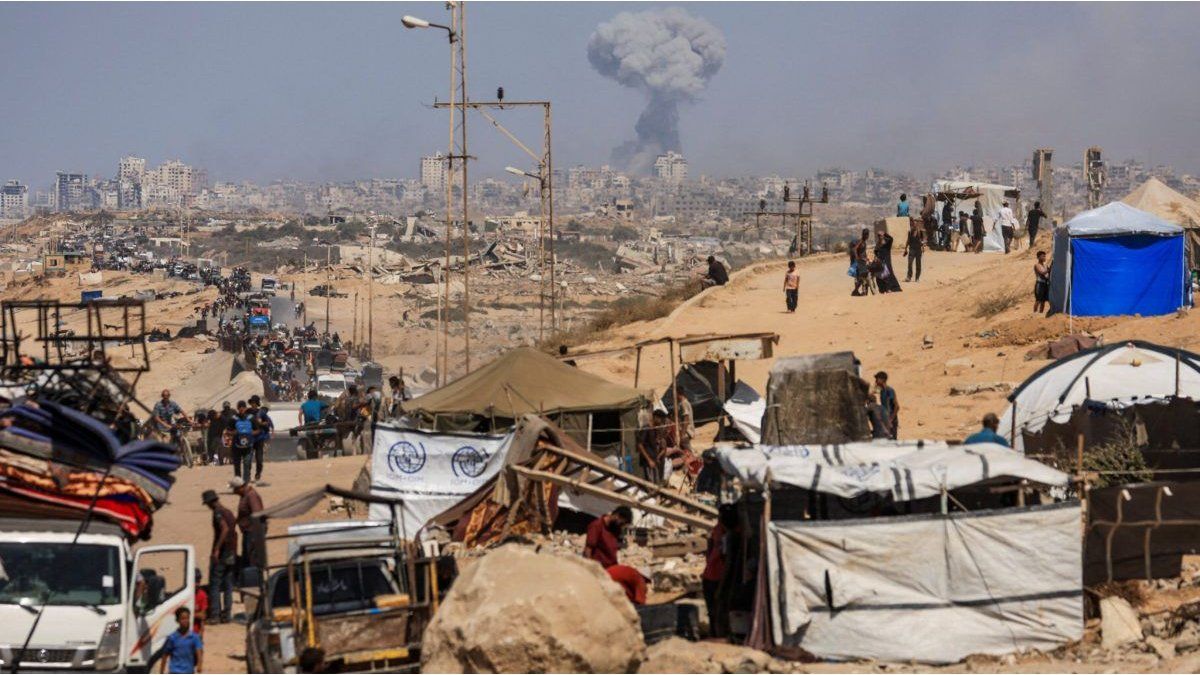The lowest “climate bonus” of 100 euros per year will go exclusively to the Viennese. This is shown by the list of community assignments compiled on Monday by Statistics Austria on behalf of the government. According to this, even large cities such as Graz, Innsbruck and Linz fall into the second stage, where all adults should receive 133 euros annually. The third level (167 euros) is given to many surrounding communities, 200 euros are mainly (but not only) in rural areas.
For the classification, in addition to the division of the municipalities into city, country and surrounding area (“urban-rural typology”), only accessibility by public transport was taken into account. Other factors such as the conditions in terms of heating costs and energy supply were not taken into account.
Specifically, all bus, train and underground stops in Austria were assigned one of eight “quality classes”. Depending on what proportion of the community population lives in the catchment area with particularly high quality or particularly poorly connected bus stops, this also results in the allocation of the communities to the four levels of the climate bonus.
For Vienna this means the lowest “climate bonus” of 100 euros per adult and 50 euros per child because of the generally good transport connections. 21.5 percent of the population live here. Vienna was viewed as a municipality – differences between the inner city and the outskirts were not taken into account.
Second stage for Linz, Wels, Steyr
Another 106 municipalities receive the second level climate bonus (133 euros per adult, 66.5 euros per child). In addition to the area around Vienna, this also includes the provincial capitals and some of their surrounding communities as well as Wels, Steyr, Krems, Wr. Neustadt, Leoben, Lienz and the Rhine Valley. Overall, almost a quarter of Austrians live in these communities with the second lowest climate bonus. The proportion is particularly high in Vorarlberg (73 percent).
Another fifth lives in the 443 municipalities of the third bonus level (167 euros for adults, 83.5 for children). These include large district cities such as Villach, Wolfsberg, Amstetten, Spittal an der Drau, Leibnitz and Bad Ischl.
A good third of the population is entitled to the highest climate bonus (200 euros per adult, 100 euros per child). These 1,545 communities include large ones such as Feldkirchen in Carinthia, Deutschlandsberg and Strasshof an der Nordbahn with more than 10,000 inhabitants, but also very small ones such as Gramais, Namlos and Spiss in Tyrol, which have to get along with practically no public transport. In Burgenland, almost two thirds of the population live in communities with the fourth bonus level, in Carinthia more than half.
Quarrel programmed
In Vienna, the calculation caused quite a stir and harsh criticism. The Viennese SPÖ state party secretary Barbara Novak was “outraged”. There is no logical basis whatsoever as to why the Viennese receive by far the lowest climate bonus in Austria. “It’s not social, it’s just unfair,” she said. Vienna has been working on “future-oriented and far-sighted solutions” for many years in order to keep the ecological footprint of a metropolis low. Now people in the city are being punished for using public transport or cycling to work.
There was also a lot of discussion on the various social media platforms. There, for example, Günter Steinbauer, the head of Wiener Linien, asked: “I understand correctly: The rural dwellers contribute more to global warming from which the city dwellers suffer more and so that it stays that way, you get a climate bonus in the country.” Reference was also repeatedly made to Ketzergasse – which separates Vienna from Lower Austria. Should the lowest bonus actually only be paid out in the federal capital, this would mean that on the two sides of the street, in some cases, different amounts would apply.





